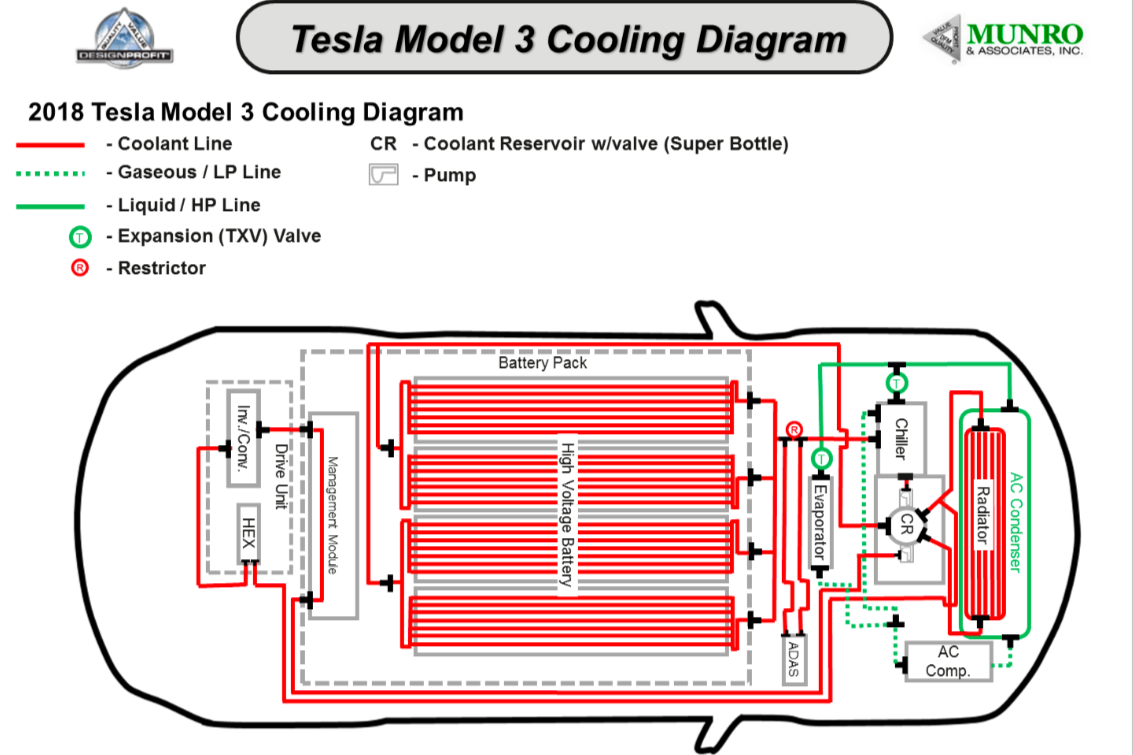I would perform a 100-0% drive to find the real battery capacity.
When done, You know your batt capacity and can disregard the BMS rollercoaster.
I recently did a 100-0% drive. I did because it was since long planned. My BMS had a overestimation for long time which changed to a underestimate. Both ways about 2kWh wrong. This was not the reason for the 100-0% test. But the result is interresting.
I had my own capacity calculation that needed a better check point than the BMS.
A 100-0 drive should be performed at not too high speed, as high speed causes heat loss from the battery that we csn not really estimate. Some 90-100 kph / 55-60 mph should be good as the car will use about enough power to load the battery cells with about 0.2C (the same as the standard for battery cell specs).
I have a M3P and did get 75.15kWh out of the battery, with 3.8kwh left. Parked at 0.27% SOC pöus the buffer.
So this means the capacity is about 78.95kWh.
(My drive was split, 240km in the morning then a 8hrs parking at work and then 278km drive. Best to do it in a single drive, to reduce losses during the parking.
Now I know the capacity. As a side note, it is spot on with my calculations.
I also know that the degradation will be slow from now on, so I couldnt care less about BMS being in different moods.
Thanks
@AAKEE .
Yes, you are right but i can't do it (yes I can, but if I have not a really need to do a long trip there is no a good reason to waste 500km or 75 kWh).
But even thinking to try it, I see a pair of uncertainties.
In my opinion it has to be performed whithout a stop. so in a real single run.
Because I have always this kind of behavoir:
When I charge it, I have this situation when I have the first stop (and first deep sleep):
The percentage raises.
Example: I charge to 60 or 65 (it's an example) , I stop for the first time at 50% . When (whtout Sentry... etc) I take it again, the % is 90% of the times MORE than 50%.
Say 52%. This is something that has to do with BMS .
There are 2 scenarios in my 2021 M3P 82.1 kWh batt on this:
1) The % went to 52% from 50% and the range in km rises accordingly (example left at 240 km at 50% and then at 249-250 at 52%)
This first scenario is usually when the NFP is in a UPperiod trend .
SO in this case what the BMS is doing?
This phenomenon i'ts sometimes so big that sometimes I made 50 km ("since last recharge" screen), AND the tripmeter says that I used only 5kWh (since last charge), like if the car can do 10km every kWh!
2) The % went to 52% and the range in km stay the same or more likely it increased less than expected (example left at 240 km at 50% and then at 245 at 52%). This reflects to NFP that goes down.
This 2nd scenario is usually when the NFP is in a period where it is going down trend.
This happens usually at the first and or sometimes 2nd sleep and when usually at around 50%.
When I use the car in the next days I progressively see the car loosing range accordingly with %. (so in a normal linear way).
BUT when at about 37-30% I have usually the opposite scenario when left parked for some hours:
The percentage is 35% , i take it back the car after rest at 33%.
So, when the NFP is in a UP-trend period, the range in km looses LESS than the percentage drop, and, when the NFP is in a down-trend period, the the range in km looses MORE than the percentage drop.
Another uncertainty is the fact that even using SMT resetting the trip (so to see the real consumption during the attempt to go from 100% to 0%) is that when you are at 0% or near 0% , SMT can say that you have still 3,8kWh left (just to use your example).
But who knows if this data is corrrect? (I think this data is still derived from BMS extimation).
It can be 4 kWh or 5 or 6 or 2 or 1 kWh. If the BMS is not calibrated.
The las time I discharged to -2,50% and usable remaining -1,80% and nominal remaining at only 1,60kWh, the cells where all well OVER 3.00.
If I remember 3.01x to 2,99x , letting me think that there are more left than only 1,60 kWh.
What I want to say is that even performing a 100 to 0% trip there is always some parameter strictly connected to the BMS calibration.




.png)
